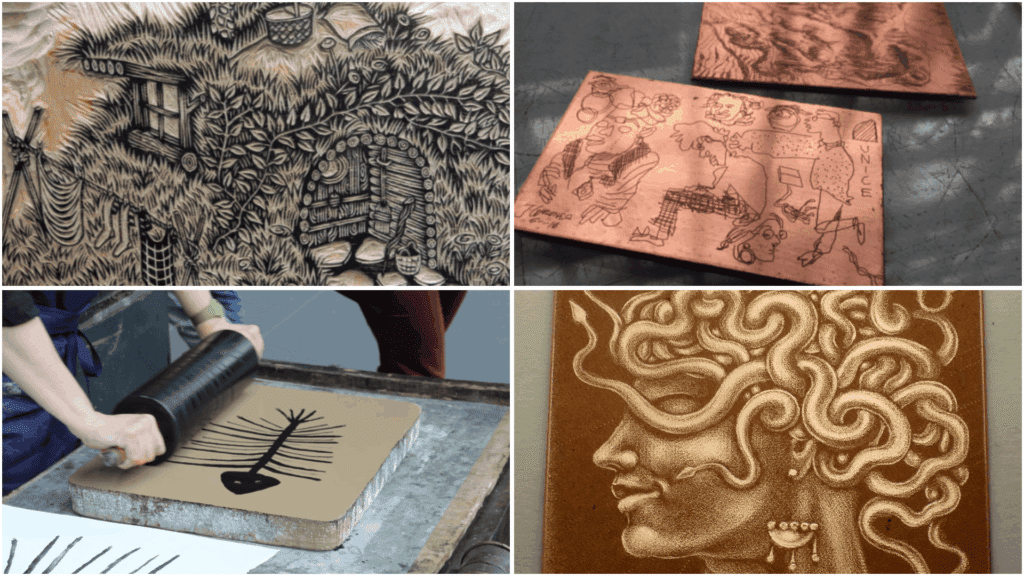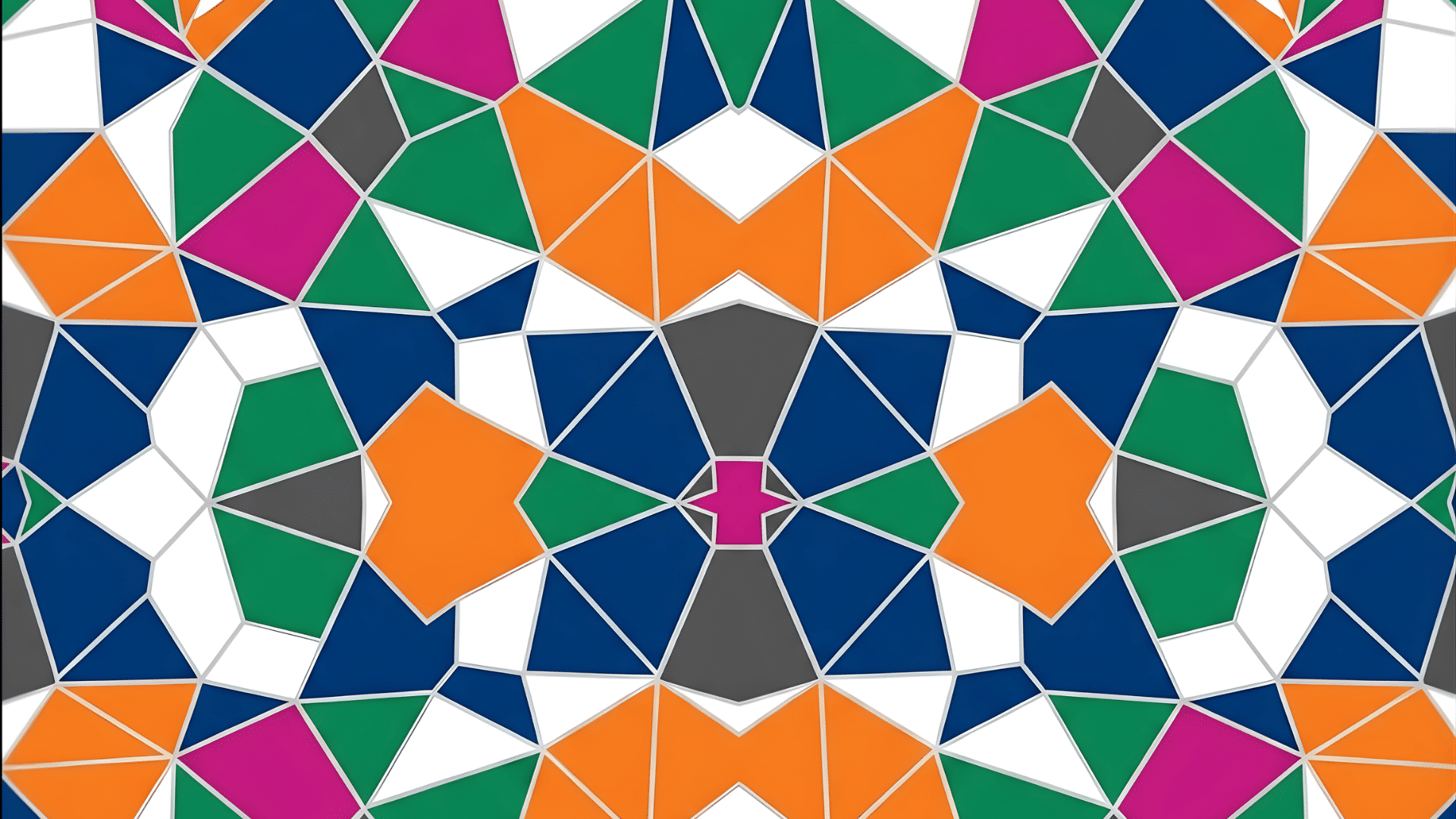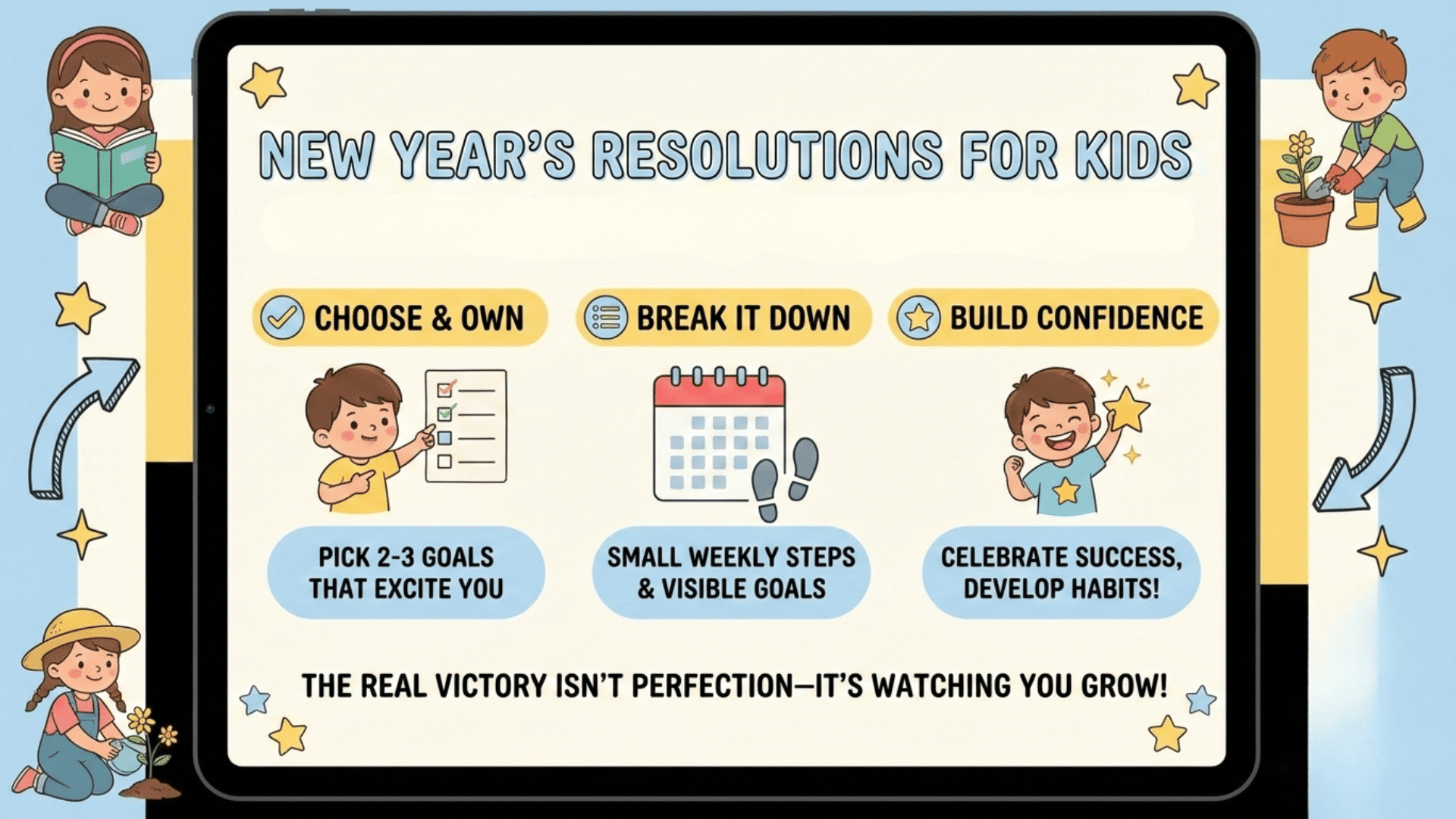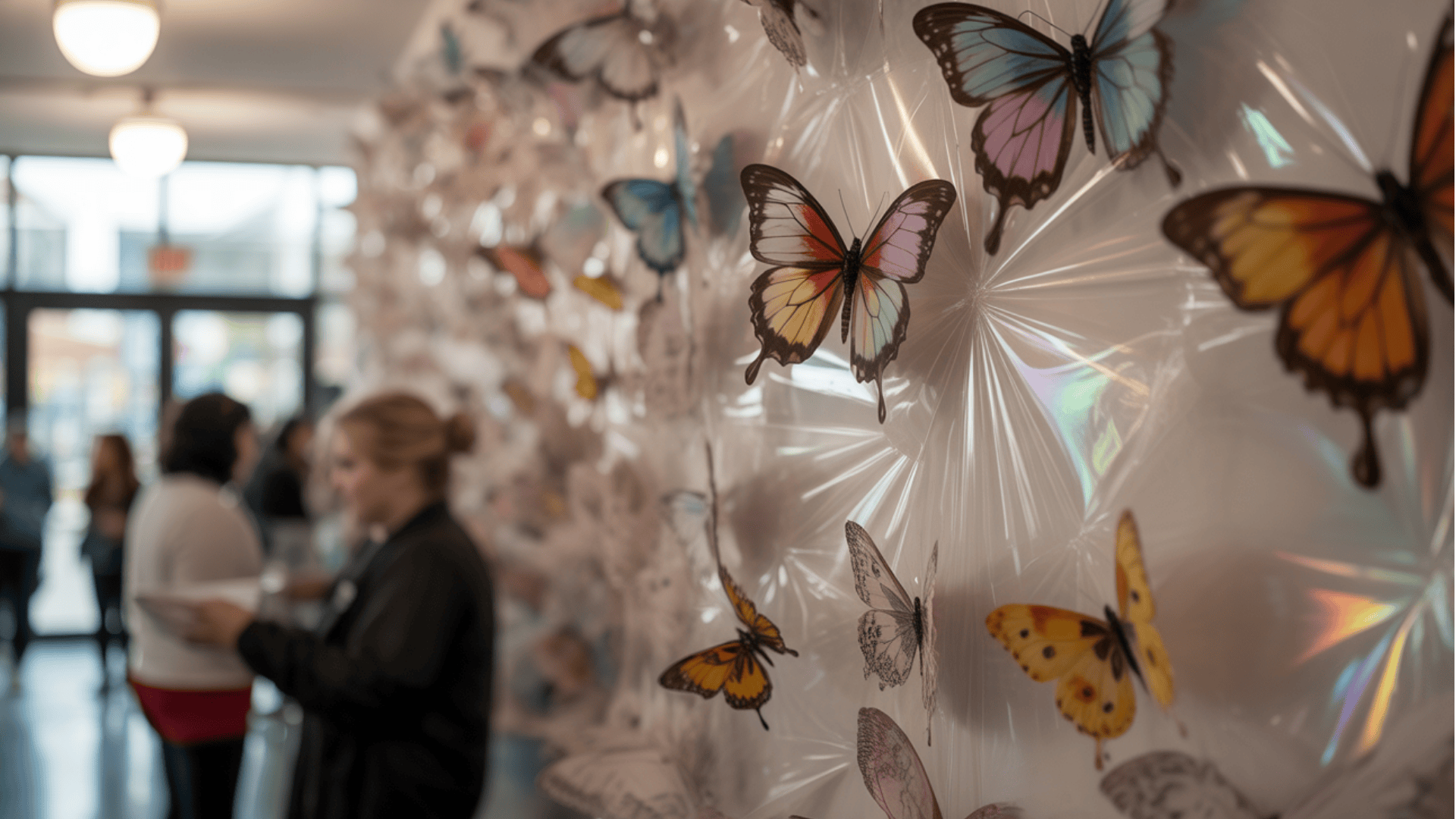Printmaking is an intriguing world where artists create multiple copies of their artwork using special methods and tools. Unlike painting or drawing, printmaking creates multiple identical images from a single design.
This centuries-old art, dating back over 1,000 years, continues to inspire artists today. Using carved blocks or metal plates, artists transfer their visions onto paper.
Printmaking techniques offer unique textures, lines, and effects that make every print special. Here’s an amazing fact: the famous artist Picasso created over 2,000 prints during his lifetime!
Ready to unlock the secrets hidden in ink and learn which printmaking path calls to your creative spirit?
Understanding the Art of Printmaking
Printmaking is an art form in which artists create images on a master surface and then transfer them to paper or other materials to produce multiple copies.
Unlike painting, where you get one original, printmaking allows artists to create many “originals” of the same image.
This ancient art form originated with Chinese woodblock prints over 1,000 years ago, where artists carved images into wood, inked them, and then pressed paper on top.
Today, printmakers employ a range of techniques, including etching metal plates, carving rubber stamps, and utilizing computers and specialized printers.
Printmaking techniques are popular for producing artwork with unique textures and effects that traditional painting or drawing can’t achieve. Artists enjoy experimenting with various materials and methods to create surprising results.
Relief Printingmaking Techniques
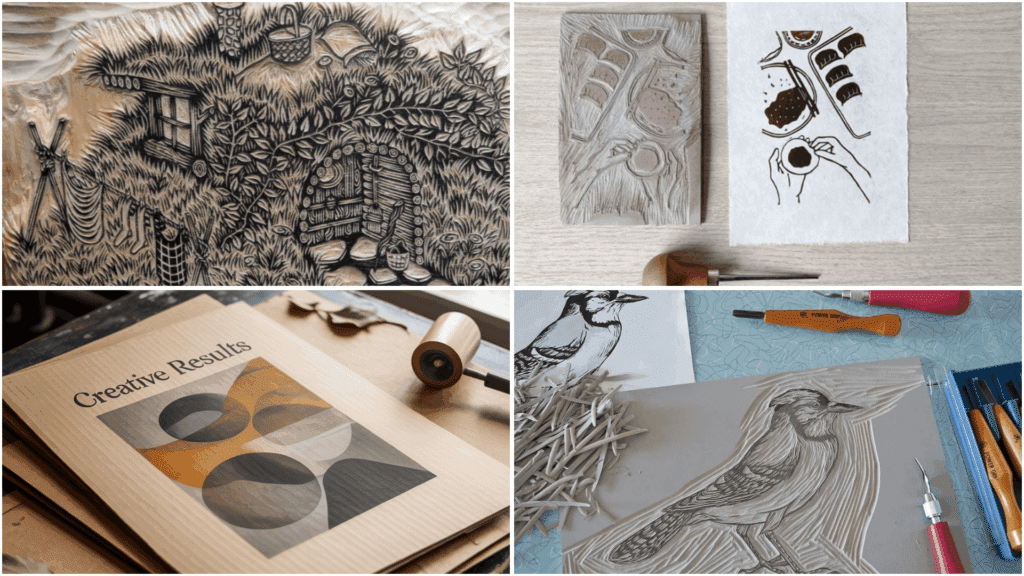
Relief printing, one of the oldest printmaking techniques, involves artists cutting away parts of a surface, leaving raised areas that hold ink.
Pressing paper onto this surface transfers only the raised parts, producing the final print.
1. Woodcut Printmaking
One of the oldest printmaking techniques is woodcut, where artists carve designs into a plank of wood and cut it along the grain. The natural wood grain adds texture and character to prints.
Artists use gouges, knives, and chisels to remove wood, creating bold, graphic images with strong black and white contrast.
2. Linocut Techniques
Linocut provides the ideal starting point for aspiring printmakers. Unlike wood, linoleum provides a smooth cutting surface that is free from grain interference.
This consistency makes it easier to carve than wood, producing cleaner lines and sharper details, which makes it ideal for learning basic relief printing skills.
3. Wood Engraving Methods
Wood engraving uses end-grain wood blocks that allow extremely fine detail work. Artists can create tiny lines and intricate cross-hatching patterns using special tools called burins.
This technique became especially popular for detailed book illustrations during the 1800s when precise imagery was essential.
4. Alternative Relief Printing
Modern printmaking changes everyday items, such as Styrofoam, cardboard, and leaves, into tools, creating textured and unique artistic prints.
Relief printing utilizes raised surfaces and ink transfer, ranging from bold woodcuts to fine engravings, providing artists with diverse expression.
Intaglio Printmaking Techniques
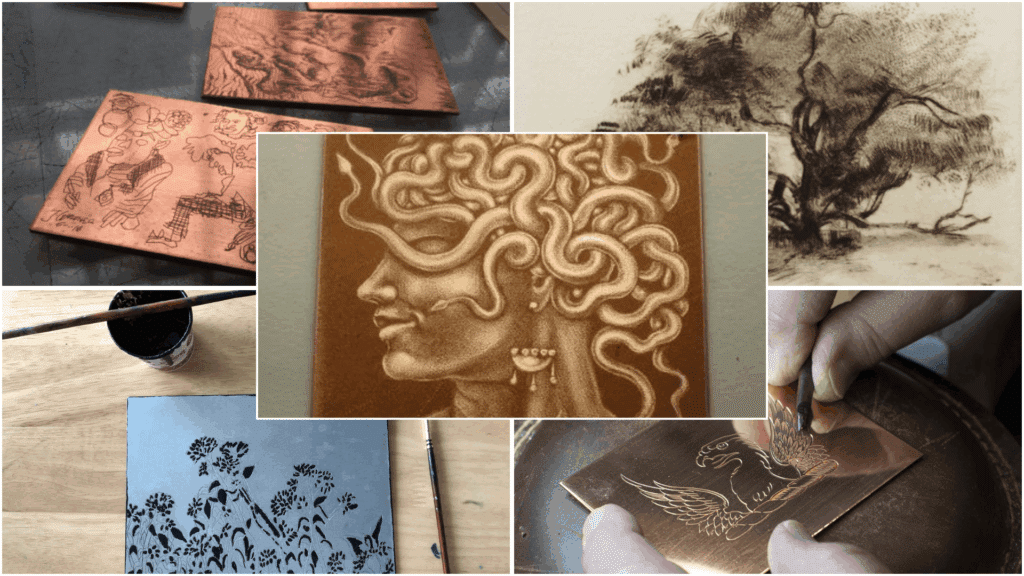
Intaglio printing is opposite relief printing; artists cut lines into metal plates, fill grooves with ink, wipe clean, leaving ink in carved areas, which transfer to paper under pressure.
1. Engraving Techniques
Engraving involves pushing a sharp burin tool into copper or steel plates to create precise lines. Artists control line thickness by adjusting pressure and angle.
Cross-hatching techniques build darker tones through overlapping lines. Careful metal plate preparation ensures smooth, even surfaces for detailed work.
2. Etching Methods
Etching uses acid to bite lines into metal plates covered with protective ground. Artists draw through the ground coating, exposing metal to acid baths.
Different etching approaches include soft ground for creating textured lines and hard ground for producing clean, precise marks that yield varied artistic effects.
3. Drypoint Printmaking
Drypoint involves directly scratching lines into metal plates using sharp needles or tools. This method creates characteristic fuzzy lines, known as “burr,” from metal shavings.
The technique requires minimal plate preparation and produces warm, soft line qualities that distinguish it from other intaglio methods.
4. Aquatint Techniques
Aquatint creates tonal areas rather than just lines by applying rosin powder to plates before acid etching.
The rosin creates tiny bite marks that hold ink, producing smooth gray tones. Artists control graduated tone effects by timing acid exposure and varying rosin particle sizes.
5. Mezzotint Process
Mezzotint begins by rocking a serrated tool across the plate to create thousands of tiny pits; artists then smooth areas to lighten tones, working from dark to light, and produce velvety blacks and rich tonal gradations.
Intaglio techniques produce detailed prints with subtle tones; ink pressed from grooves creates a raised, tactile quality on paper.
Planographic Printingmaking Techniques
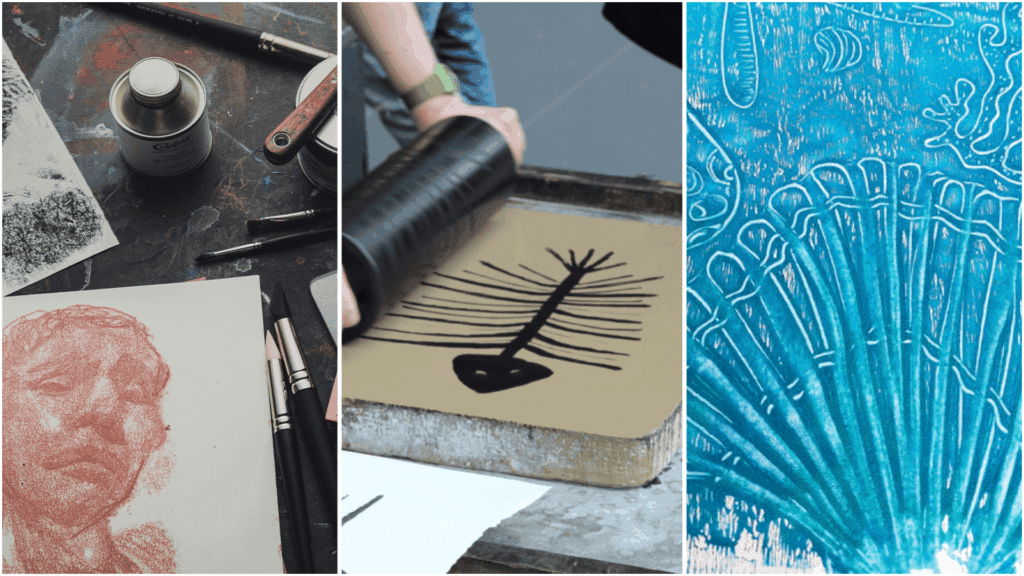
Planographic printing uses flat surfaces with image and non-image areas at the same level. Unlike relief or intaglio, it relies on chemical processes or direct application instead of raised or carved areas.
1. Lithography Methods
Lithography uses the principle that oil and water repel each other on specially prepared surfaces. Traditional stone lithography employs limestone blocks, while modern artists often use aluminum plates.
Artists draw with greasy materials, then treat the surface so ink sticks only to drawn areas during printing.
2. Monotype Techniques
Monotype produces unique prints by painting or drawing directly on smooth surfaces like glass or metal plates.
Artists apply ink or paint with strokes, then press paper onto the wet surface. Proper preparation ensures smooth ink transfer for this spontaneous, experimental process.
3. Monoprint Variations
Monoprints combine templates with direct painting for repeated elements plus unique variations. Artists might use stencils, textures, or carved plates as bases, then add hand-painted details.
Mixed media applications allow combining different materials and techniques, creating prints with both consistent and variable elements.
These planographic printmaking techniques offer artists immediate, expressive choices. From lithography’s precise methods to monotype’s spontaneous effects, they connect traditional printmaking with direct painting.
Stencil Printmaking Techniques

Stencil printing creates images by blocking ink in certain areas while allowing it through in others. Artists cut or create openings in materials, then apply ink through these openings onto paper or fabric below.
1. Screen Printing Techniques
Screen printing uses mesh screens with blocked areas to control ink flow. Photo emulsion methods create detailed stencils using light-sensitive chemicals and photography.
Hand-cut stencils offer simpler approaches for bold designs. Artists use squeegees to push ink through open mesh areas onto printing surfaces.
2. Pochoir Methods
Pochoir involves traditional hand-cut stencils made from paper, plastic, or metal materials. Artists apply ink or paint through openings using brushes or sponges for soft, painterly effects.
Multi-layer color applications create complex images by using different stencils for each color, resulting in rich, vibrant prints.
3. Risograph Printing
Risograph combines digital technology with traditional stencil printing using soy-based inks. Digital stencil creation enables the creation of detailed designs from computer files.
Color separation methods break images into individual color layers, producing prints with unique textures and vibrant, eco-friendly inks that create distinctive artistic effects.
Stencil printmaking techniques cover a wide range, from basic hand-cut designs to intricate digital processes. This allows for a variety of creative options, including bold screen-printed graphics, subtle pochoir effects, and hybrid risograph methods.
Contemporary and Digital Printmaking Techniques
Modern technology has changed printmaking, blending digital tools with traditional methods to broaden creative options.
| METHOD | DESCRIPTION | KEY FEATURES |
|---|---|---|
| Giclée Printing | High-quality inkjet printing on fine art papers using archival inks | Museum-quality prints, fade-resistant inks, detailed color reproduction |
| Laser Engraving | Computer-controlled lasers etch designs into various materials | Precise detail, works on wood/metal/plastic, requires safety equipment |
| Photo Transfers | Digital images transferred to traditional printing surfaces | Combines photography with printmaking, vast design possibilities |
| Computer Stencils | Digital design software creates cutting templates for screens | Perfect registration, complex designs, faster production |
| Mixed Media | Combining digital and traditional techniques in a single artwork | Unique textures, experimental results, and contemporary artistic expression |
| Hybrid Layering | Multiple printmaking methods are used together | Rich visual depth, unexpected combinations, innovative approaches |
These contemporary printmaking techniques seamlessly blend old and new methods. Digital printmaking opens doors for artists to experiment while honoring traditional craftsmanship.
Materials & Tools for Bringing Printmaking Techniques into Your Own Art
Getting started with printmaking is easier than you think with the right basic supplies and simple techniques.
Basic Printmaking Supplies:
- Paper: Newsprint for practice, quality printing paper for final works
- Inks: Water-based for beginners, oil-based for advanced techniques
- Brayers (rollers): For spreading ink evenly across surfaces
- Carving tools: Linoleum cutters, craft knives, or simple kitchen tools
- Printing surfaces: Linoleum blocks, foam plates, cardboard, or found objects
Printmaking is an experience of creativity, not perfection; each print is an opportunity to learn and inquire. Let curiosity guide your hands!
Artistic Ideas & Inspiration for Your Printmaking Projects
Printmaking offers vast creative possibilities for both personal and professional art projects. From simple greeting cards to gallery-worthy pieces, your prints can serve a variety of purposes.
Creative Project Ideas:
- Greeting cards: Design holiday cards, birthday invitations, or thank-you notes with hand-carved stamps
- Home decor: Create custom wall art, decorative napkins, or printed fabric for pillows
- Gift items: Make personalized bookmarks, wrapping paper, or small art prints for friends
- Fine art editions: Develop limited-edition prints to sell at art fairs or online galleries
- Textile art: Print on fabric to design unique clothing, bags, or quilting squares
Start small with greeting cards or bookmarks to practice your skills. As you become more confident, tackle larger projects, such as wall art or textile designs.
Safety Tips for Printmaking
Working with printmaking tools and materials requires careful attention to safety practices. Following basic safety rules helps you create art safely and avoid accidents or injuries.
Essential Safety Guidelines:
- Ventilation: Always work in well-ventilated areas when using inks, solvents, or cleaning chemicals
- Tool handling: Keep carving tools sharp and cut away from your body to prevent slips and injuries
- Chemical safety: Wear gloves when handling acids or strong solvents, and read all product labels carefully
- Eye protection: Use safety glasses when carving or working with splashing chemicals
- Clean workspace: Keep your area organized and clean up spills immediately to prevent accidents
Take time to set up your workspace properly before starting any project. Never rush when using sharp tools or chemical materials for the best and safest results.
Final Brushstroke
Printmaking opens up vast possibilities for creative expression, whether you’re just starting out or looking to expand your artistic skills.
From simple home techniques to complex master methods, printmaking offers endless learning opportunities.
Each technique has unique beauty and challenges, making projects exciting and rewarding. Its beauty lies in surprises; you never know how a print will turn out until you peel it from the plate or block.
If you prefer bold, graphic designs or dainty, detailed work, there’s a printmaking method to suit your style. Your artistic venture begins with one print. Which technique will you master first?
Share your favorite printmaking discovery in the comments below!

